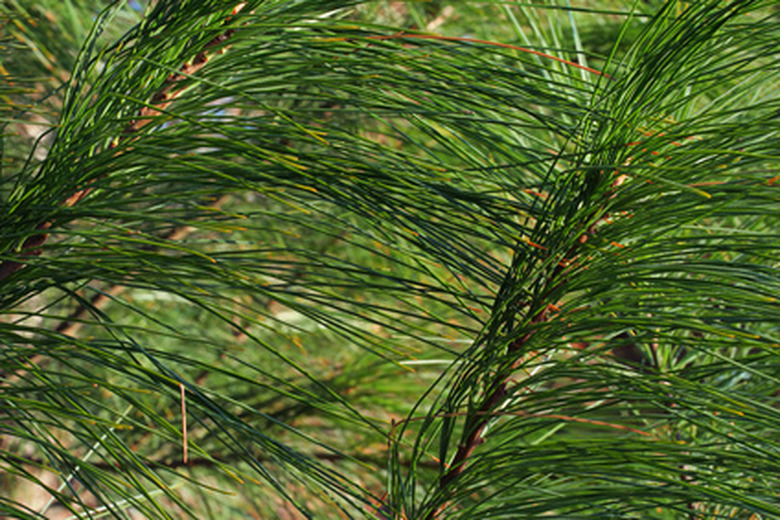Pine Trees Of Washington
Pines, trees in the genus Pinus, are definite assets in a garden, with furrowed bark, picturesque branches, woody cones and, usually, a fair amount of drought resistance. They can be distinguished from other conifers by having needles gathered into bundles of two, three or five. Those native to Washington inhabit wet lowlands, high mountains and dry desert foothills. All, however, are possibilities for garden culture if given the right environment.
Shore Pine and Lodgepole Pine
This two-needle pine, P. contorta, comes in two varieties: the shore pine, an attractively asymmetrical tree often seen on the Washington coast, and the lodgepole pine, a rigidly straight tree of the drier mountains that often sprouts and grows into large stands after fire.
The shore form is the most useful as a garden tree, growing quickly even in poor soil and making a nice specimen or, in groups, a screen or unpruned hedge. It is easily grown from seed.
- Pines, trees in the genus Pinus, are definite assets in a garden, with furrowed bark, picturesque branches, woody cones and, usually, a fair amount of drought resistance.
- The shore form is the most useful as a garden tree, growing quickly even in poor soil and making a nice specimen or, in groups, a screen or unpruned hedge.
Ponderosa Pine or Yellow Pine
Pinus ponderosa, a three-needle pine, is a tree for the driest parts of the Northwest, native to the eastern slopes of the Cascades, though it will succeed in western Washington if planted in gravelly soil.
It is not for the small garden, reaching a size of up to 200 feet in the wild, but its reddish bark, long needles and craggy branches make it an excellent ornamental for a large property or park.
Western White Pine
This five-needle pine, P. monticola, is truly adaptable, being found from sea level in western Washington to nearly timberline in the Blue Mountains. The texture is soft and the twigs flexible, characteristics it shares with other five-needle pines. It is a large tree, reaching 50 feet in gardens, but can be kept smaller by cutting the new growth, the "candles," in half before they leaf out in spring.
Avoid growing any sort of currant or gooseberry near this tree. It is susceptible to white pine blister rust, a disease that is carried by currants and other plants in the genus Ribes. It is such a valuable ornamental, however, that the risk of losing a tree is worth taking.
- Pinus ponderosa, a three-needle pine, is a tree for the driest parts of the Northwest, native to the eastern slopes of the Cascades, though it will succeed in western Washington if planted in gravelly soil.
Limber Pine
Pinus flexilis, the five-needle limber pine, grows in the dry mountains of eastern Washington, but will flourish with more rain in western areas. It is a smaller tree than the western white pine and slower growing, more suited to the average garden.
Whitebark Pine
Another five-needle pine, the whitebark, P. albicaulis, is one of the picturesquely twisted timberline trees that grow in the highest mountains. Unfortunately, though it will grow in lowland gardens, the contorted shape is lost. It will, however, make a good, slow growing bonsai specimen.
References
- The Gymnosperm Database: Conifers of Western North America
- "Gardening With Native Plants of the Pacific Northwest"; Arthur R. Kruckeberg; 1997
